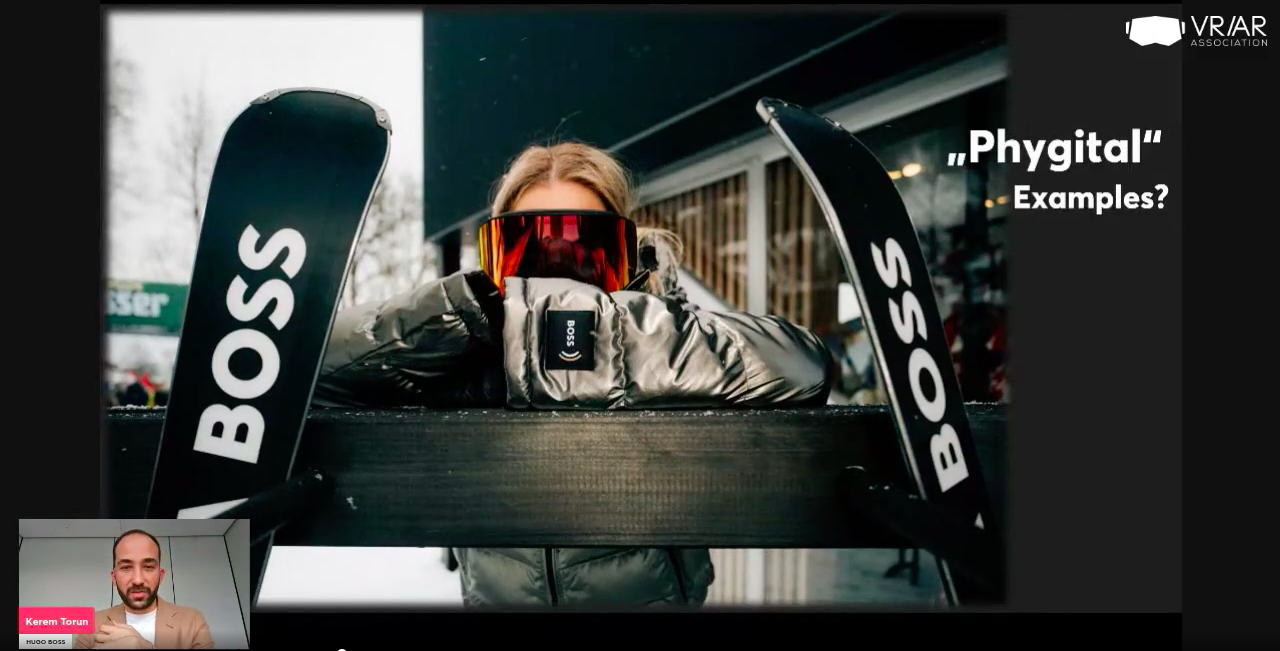We are looking forward to our Best of Europe, a virtual event on March 21 with 30+ speakers!
The event is hosted here on LinkedIn Live. We chose LinkedIn Live as our platform because of the huge reach of LinkedIn, 1B users! You will also be able to network and connect with the Speakers and Viewers during the 3.5 hours of our event. We expect 1000s to participate in our event and already have 1700 registered. As we know with virtual events, majority register the day of the event!
If interested to speak or sponsor, please email kris@thevrara.com
Participants include Volvo, Zeiss, Siemens, Mondelez, Hugo Boss, Airbus, Allianz, BMW, Bosch, Deutsche Telekom, Merck, Meta, Microsoft, Novo Nordisk, Sony, Volkswagen, others!
Our event will bring together key leaders and innovators in the immersive tech, spatial computing space in Europe, offering unique insights and perspectives on the latest developments in the industry. Join us for best and brightest in VR, AR, and other cutting-edge technologies shaping the future of the digital world.
FEATURED SPEAKERS & PROGRAM:
Gilad Scherpf, Lufthansa Group
Apple Vision Pro: Game Changer for XR Acceptance? An Aviation Use Case
Timmy Ghiurau, Volvo
Talk title: Snap back to reality, here comes gravity.
Talk description: The automotive industry is one of the first to fully embrace mixed reality, and is already changing the way cars are engineered, designed, repaired, sold and driven. However, we are only scratching the surface of unlocking the full potential of the XR technology within the automotive ecosystem. As technologies like hardware, infrastructure and visualization further develop, the industry will see a democratization of benefits affecting everything from sustainability to safety.
Donato De Ieso, Co-Founder & CEO of dilium. Plus, Apple Enterprise Italy!
Spatial Collaboration: Revolutionizing Teamwork with Apple Vision Pro
Future of collaborative innovation with our groundbreaking solution - Immersive Collaboration. This approach seamlessly integrates 3D prototyping into collaborative environments, fostering creativity and efficiency. Client is a famous Italian luxury brand! Co-presenter is Apple Enterprise Italy 👏
Danny de Bruijn, Co-Founder and CXO, Warp VR and Ana Ilievska, Warp VR
How to use AI to Create Story-Based Immersive Learning Scenarios
AI is transforming so many sectors, including the training industry. There are many ways AI can assist in creating, playing and analyzing immersive training programs. In this talk, we will focus on how AI can help to create these training programs, specifically looking at story-based and branching narratives. After this talk you know which prompts to use to help you create realistic and engaging branching scenarios with clear learning goals. We will share several examples and help you get started quickly to embrace this exciting technology.
Antonio Squeo, Co-Founder, Hevolus
Synergizing AI and XR: Pioneering Future Business Innovations
The session explores the convergence of AI and XR in shaping innovative business solutions. Once viewed as distinct—AI, misunderstood and underutilized, and XR, narrowly associated with the Metaverse—both technologies have now captured the market's imagination. The simplicity of ChatGPT has unlocked AI's potential, while advancements in XR devices, including Apple's Vision Pro headset launch, signal a revitalized interest in immersive experiences. We'll discuss how AI and XR can transition from competing technologies to collaborative forces, offering businesses novel ways to engage customers and revolutionize processes. Discover how this synergy can lead to creating unparalleled experiences and driving future innovation. The Customer is WURTH.
Thomas Hoger, Co-Founder, 3spin Learning with TÜV NORD
No-Code & AI: Now everyone can be an XR creator
Gregory Hough & Alison Bingham, Mondelēz
The Consumer and XR: Using XR to Understand Consumer Behavior
XR opens up different ways of understanding the consumer and their behavior in the FMCG space. What can be done to enable a deeper knowledge of the consumer using XR and how can it integrate with current research methodologies?
Rahel Lorenzen, Sofatutor & Tom Kolokithas, Tomako
Enabling Meaningful Remote Team Events With VR
We will show how the edtech company Sofatutor is using the Meta Quest 3 for remote team events and what results survey data shows us.
Prof. Tsinakos & Chrysoula Lazou, IHU
Immersive Educational Ecosystem
Real cases of Immersive Studies and applications from the school environment to PostDoc Research. Sharing best practices and success stories of studying in the metaverse.
Fabio Codebue, Creartivity.io
ArtShell WebXR for Museums
A solution developed for Artshell. Artshell is a fully integrated art management system, designed for galleries, collectors and artists that allows the creation of exhibitions in VR, such as Ecoedile Virtual Exhibition, via a simple web interface. Case study: Nembrini's Private Collection
Kerem Torun, Hugo Boss
See more here












